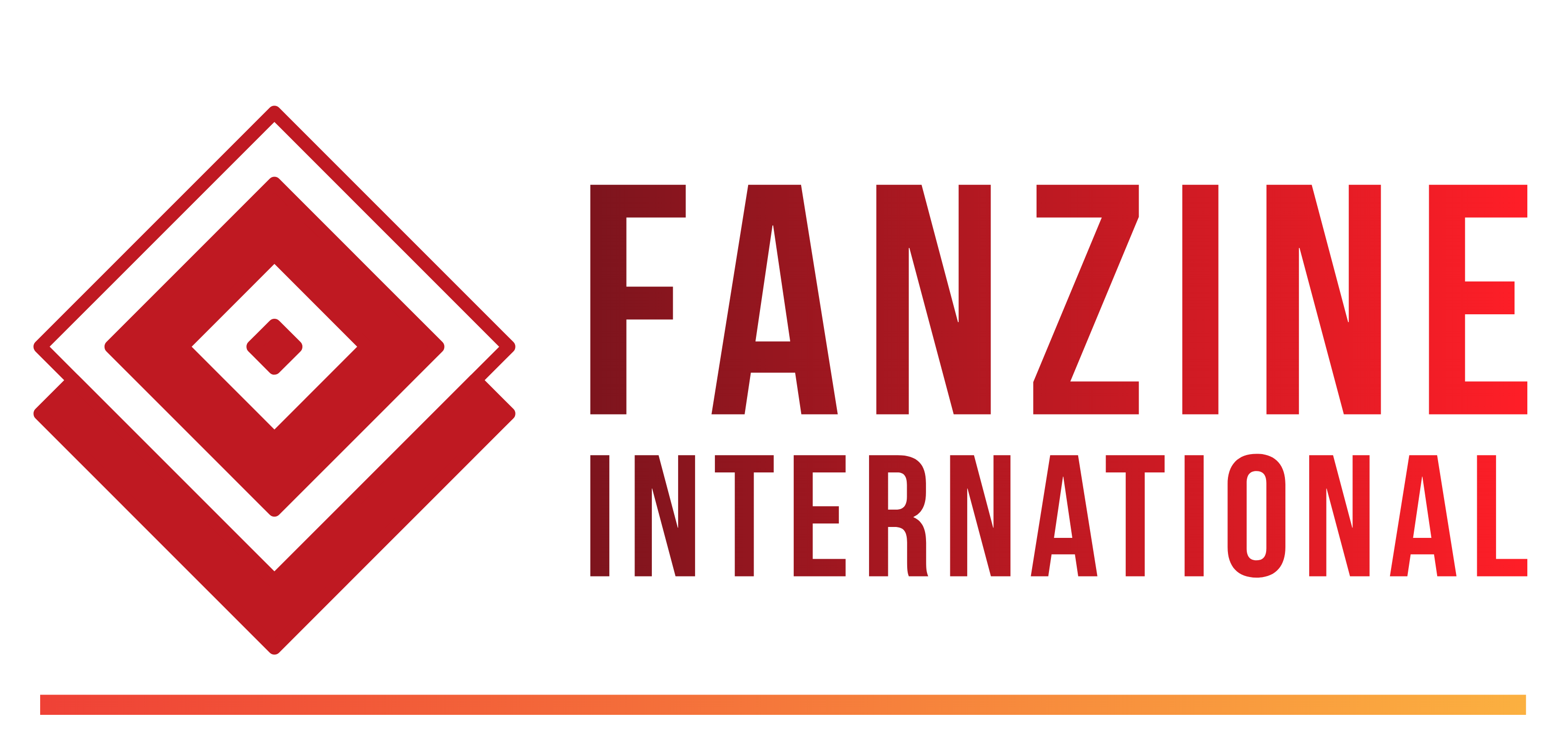Understanding the Importance of RMM in Managed Services
Brace yourselves as we delve into the exhilarating world of Remote Monitoring and Management (RMM) in Managed Services! All set? Let’s kickstart this rollercoaster ride!
Undeniably, RMM has emerged as a game-changer in the realm of managed services. It serves as the essential backbone to any managed service provider (MSP), granting them the power to proactively supervise and maintain client systems and networks. Just picture this, managing acres of digital landscape remotely, while simultaneously rectifying issues even before they flare-up! It’s nothing short of a technological marvel, where MSPs get to efficiently monitor and manage multiple clients’ IT infrastructure, all from a unified dashboard.
Imagine the amount of time, human resource, and cost one saves employing a powerful RMM tool – it’s colossal! RMM allows scheduled updates, maximizing uptime and enabling businesses to thrive without any bumpy IT disruptions. To top it off, with the excellent ability to generate reliable data sets and reports about the client’s systems, it lends MSPs the foresight to predict potential technical issues. It’s like possessing a magical crystal ball that guides your IT journey! The vitality of RMM in managed services indeed cannot be overstated; it’s what helps MSPs to create a symphony out of IT chaos!
Exploring Key Features to Look for in an RMM Software
Oh, how exciting it is to dive into the realm of Remote Monitoring and Management (RMM) software! There’s such a vast array of features to consider. These can truly transform your managed services. One primary thing to watch for is comprehensive monitoring capabilities. An RMM software should have the prowess to give you a detailed insight into network health, performance, and security status. The ability to capture, track, and analyze crucial data is a huge asset. It can truly give your managed services that much needed dissertation.
Now, get this! Another feature that can elevate your RMM game by leaps and bounds is centralized management. Imagine unifying tasks like patch management, software updates, or troubleshooting from a single console? It’s a dream that efficient RMM software can convert into reality. This can significantly cut down the time and resources spent on manual updates. This frees your team to focus on strategic initiatives. It’s innovation at its finest!
Importance of Scalability in RMM Solutions for Growing MSPs
Rapid growth can catapult managed service providers (MSPs) into an exciting new tier of service delivery! As these MSPs extend their operations, upgrading client capacities, handling a vast array of devices, and managing complex network ecosystems become essential. In such scenarios, Remote Monitoring and Management (RMM) tools play a vital role. But not just any RMM – what MSPs need are scalable solutions that promise to grow in tandem, meeting their ever-expanding needs while delivering impeccable service quality.
Now, imagine scaling up your client base, adding hundreds or even thousands of new users to your service pool. It sounds thrilling, doesn’t it? An RMM tool that scales efficiently can handle this growth seamlessly, reinforcing network integrity, strengthening security, and ensuring smooth operations. Scalable RMM tools also feature robust, dynamic architectures that can upgrade and expand on demand. This scalability aids MSPs in offering top-notch, uninterrupted services, no matter how large their client network grows!
Evaluating the Ease of Use and User Interface of RMM Tools
You may have been waiting on the edge of your seat for this bit, and now it’s finally time! We’re diving into one of the most essential aspects to consider when selecting your RMM tool; the ease of use and interface design. With any new tool, especially complex ones like an RMM platform, there’s bound to be a learning curve. Choosing one that’s intuitive and straightforward can save you and your team a mountain of time.
Let’s catch the real scoop. The user interface should not be an afterthought. It’s the gateway to a tool’s power and potential. A confusing, jumbled display with poor navigation structures could lead to misconfiguration or oversight of important alerts. Simplicity and clarity in design are crucial, so you can focus on managing and fixing issues rather than figuring out how the tool works. The sleeker and smoother the interface, the better you can streamline your IT operations. With user-friendliness in your toolbox, you’re all set to handle the hurdles of your demanding managed services role!
Role of Automation in RMM Software: A Key Consideration for MSPs
Great news, MSPs! See the sweet revolution that automation brings to RMM software. Tell the monotonous, repetitive tasks goodbye, because automation is here to handle it all. Imagine the hours you’ll save, the energy conserved, its efficiency propelling the potential of your workforce to much more significant and strategic tasks. Automation in RMM software can be your magic wand, enabling you to manage and resolve issues swiftly, props for faster operational processes!
Now, picture this – automation in RMM software making the work of MSPs so much smoother and efficient. The manually performed tasks requiring countless hours can now be automated, saving valuable operational hours. It’s not just about time saving, but also about minimizing the instances of human error. Automation also endows you with a proactive approach, resolving issues even before they can affect your client’s system, ensuring you stay one step ahead, always. It’s a game-changer indeed!
 FanzineInternational Empowering Your Digital Operations – The Global Pulse of RMM
FanzineInternational Empowering Your Digital Operations – The Global Pulse of RMM